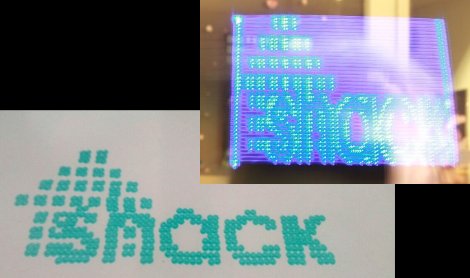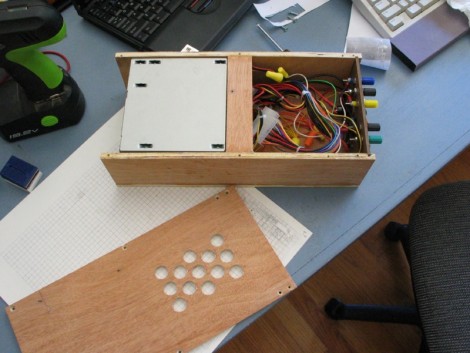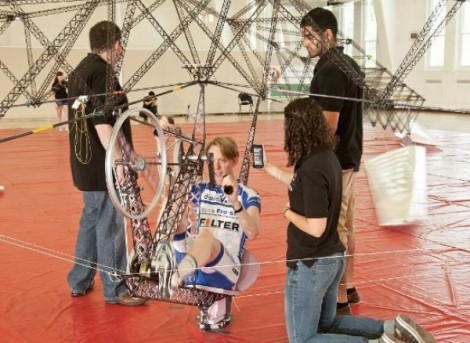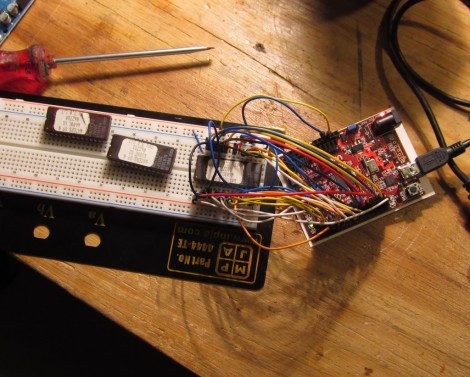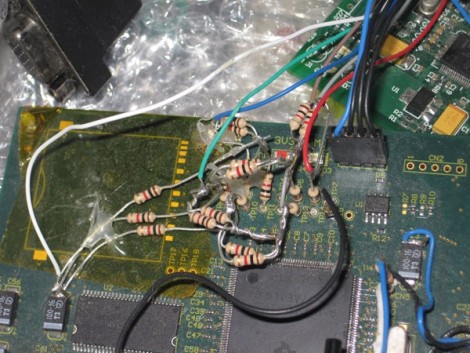
Back in his college days [Print_Screen] grew tired of always building a power supply on his breadboard. To make prototyping quicker he came up with the bench supply that is build into a power strip. This one is using linear regulators for power, and create much less noise on the lines than a supply made from a switch-mode PSU.
First thing’s first, he needed to step down from mains voltage and rectify the AC into DC. He gutted the smallest adapter he could find and managed to fit it into the gutted power strip. It puts out 15V which will work perfectly for the regulators he’s chosen. Each one gets its own slot where an outlet is on the case. The ground hole has been plugged by a toggle switch which routes power to the free-formed regulator/capacitors/heat sink modules. There is a slot for 15V (coming directly off of the converter), 10V, 5V, 3.3V, and two variable regulators which are controlled by the knobs above the outlet. We’ve never seen anything like this and find it most excellent!
[Thanks OverFlow636 via Reddit]

